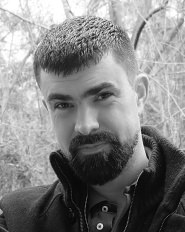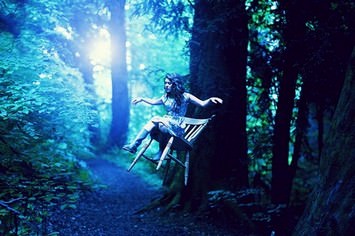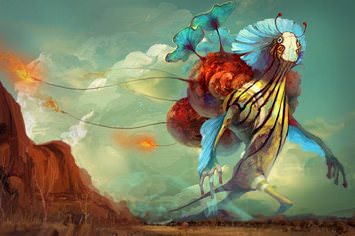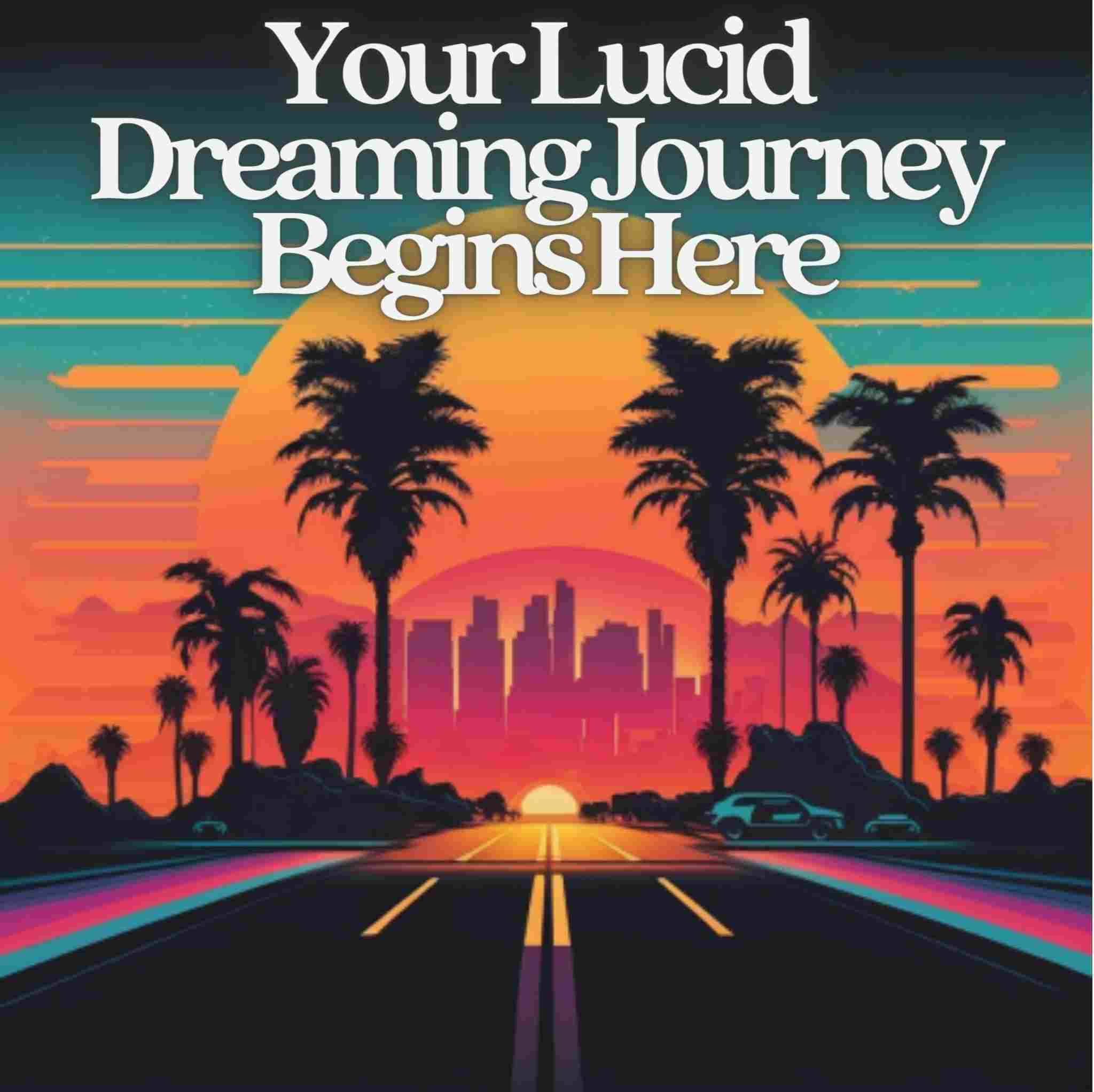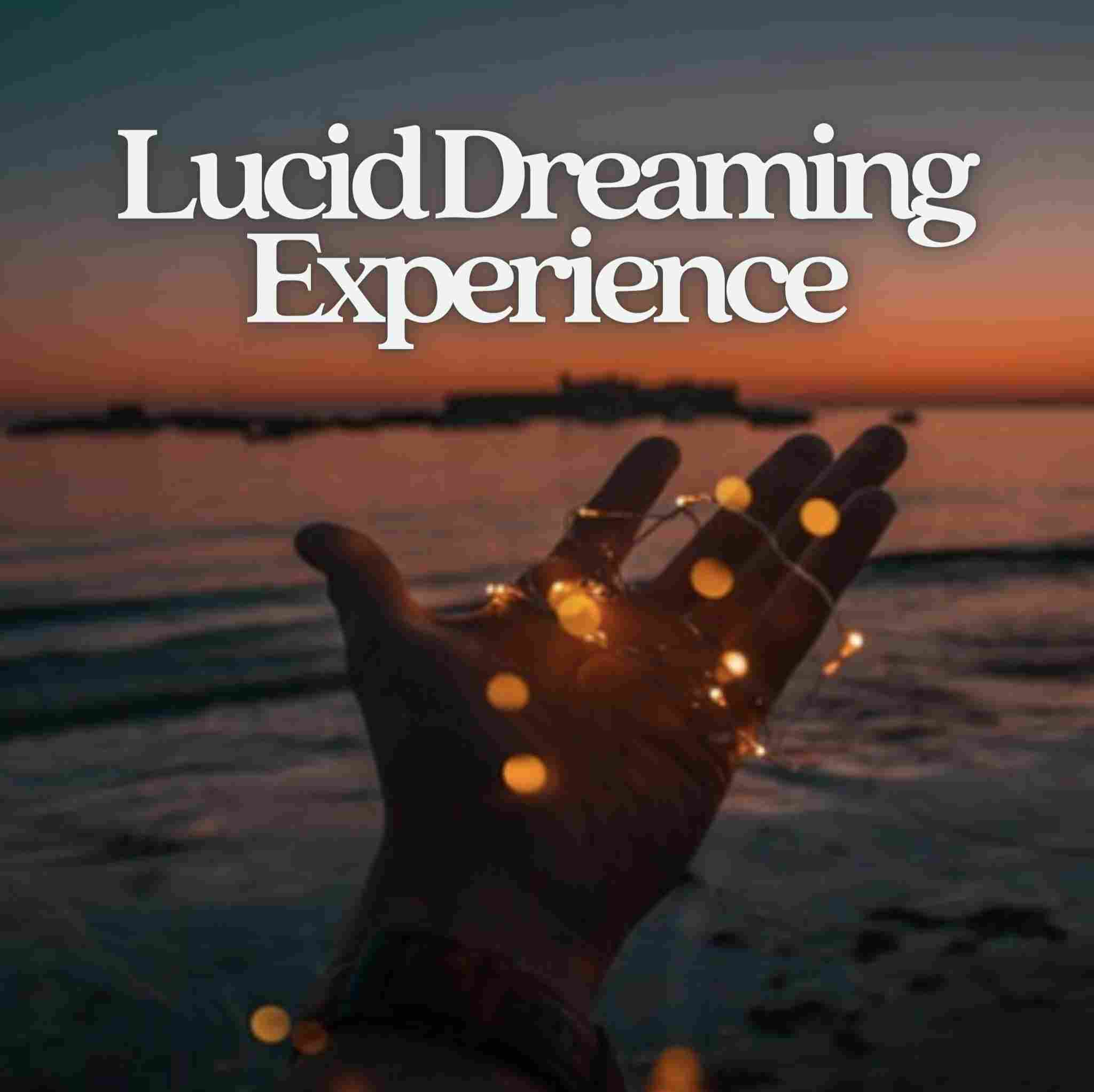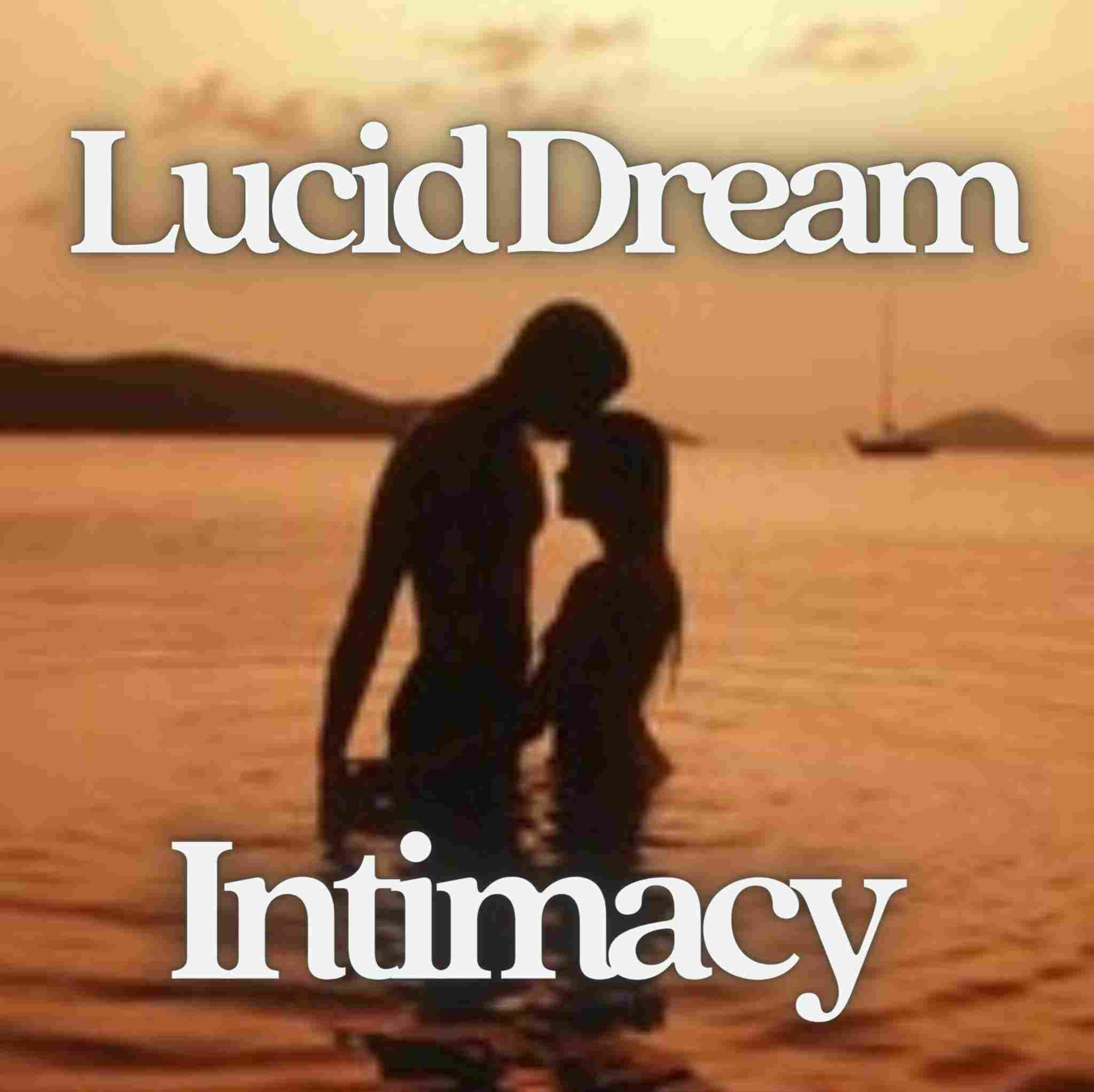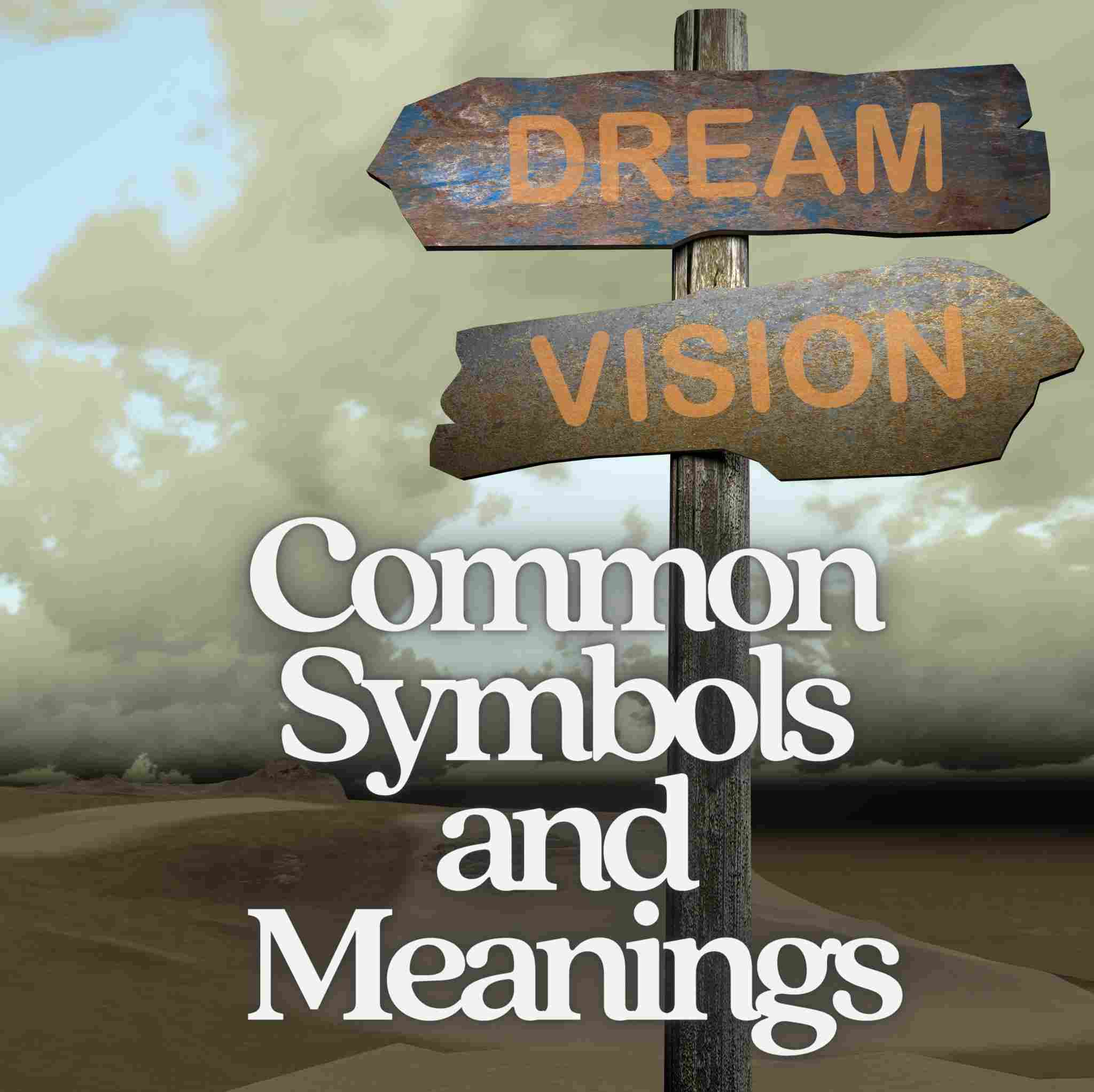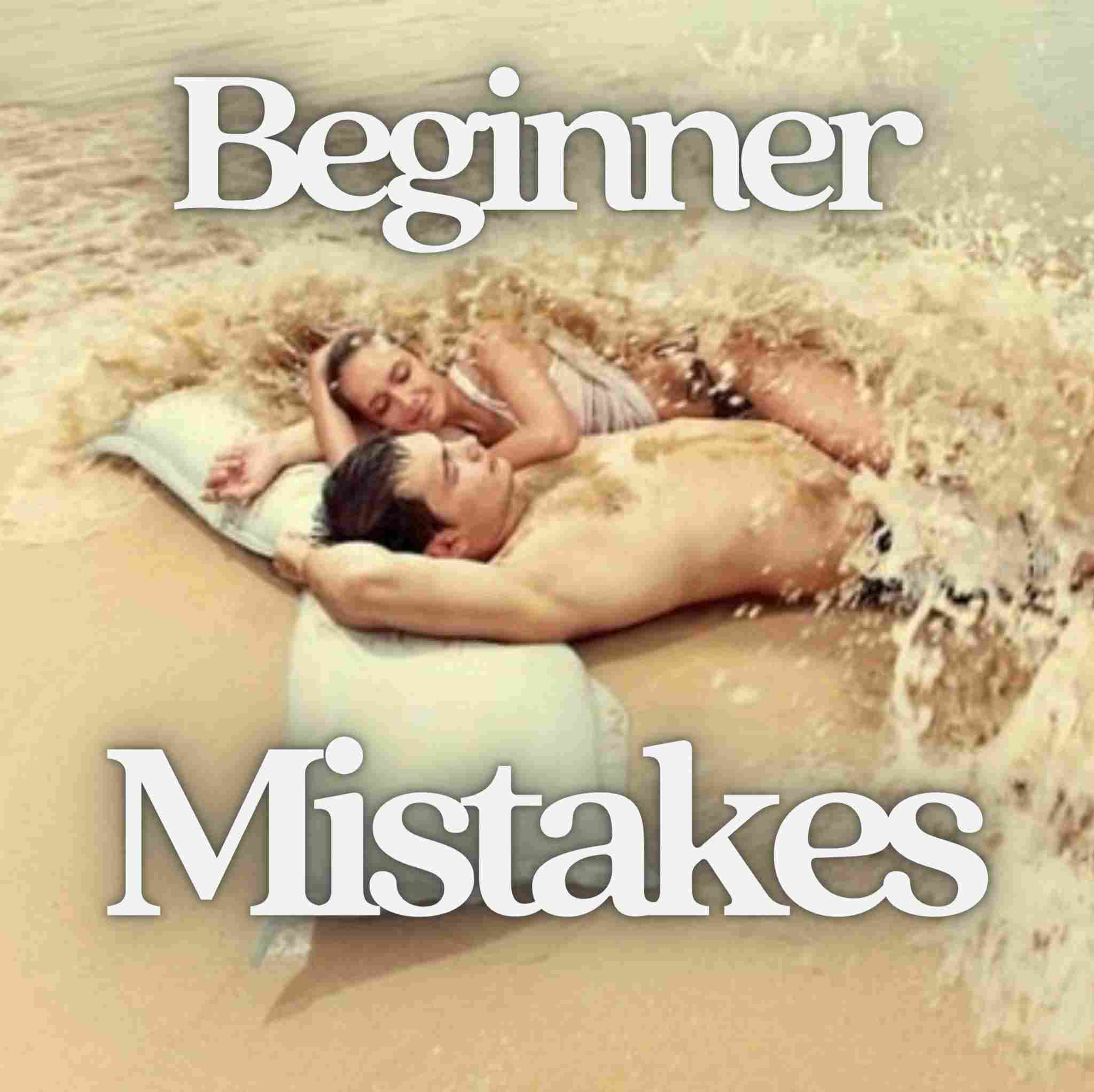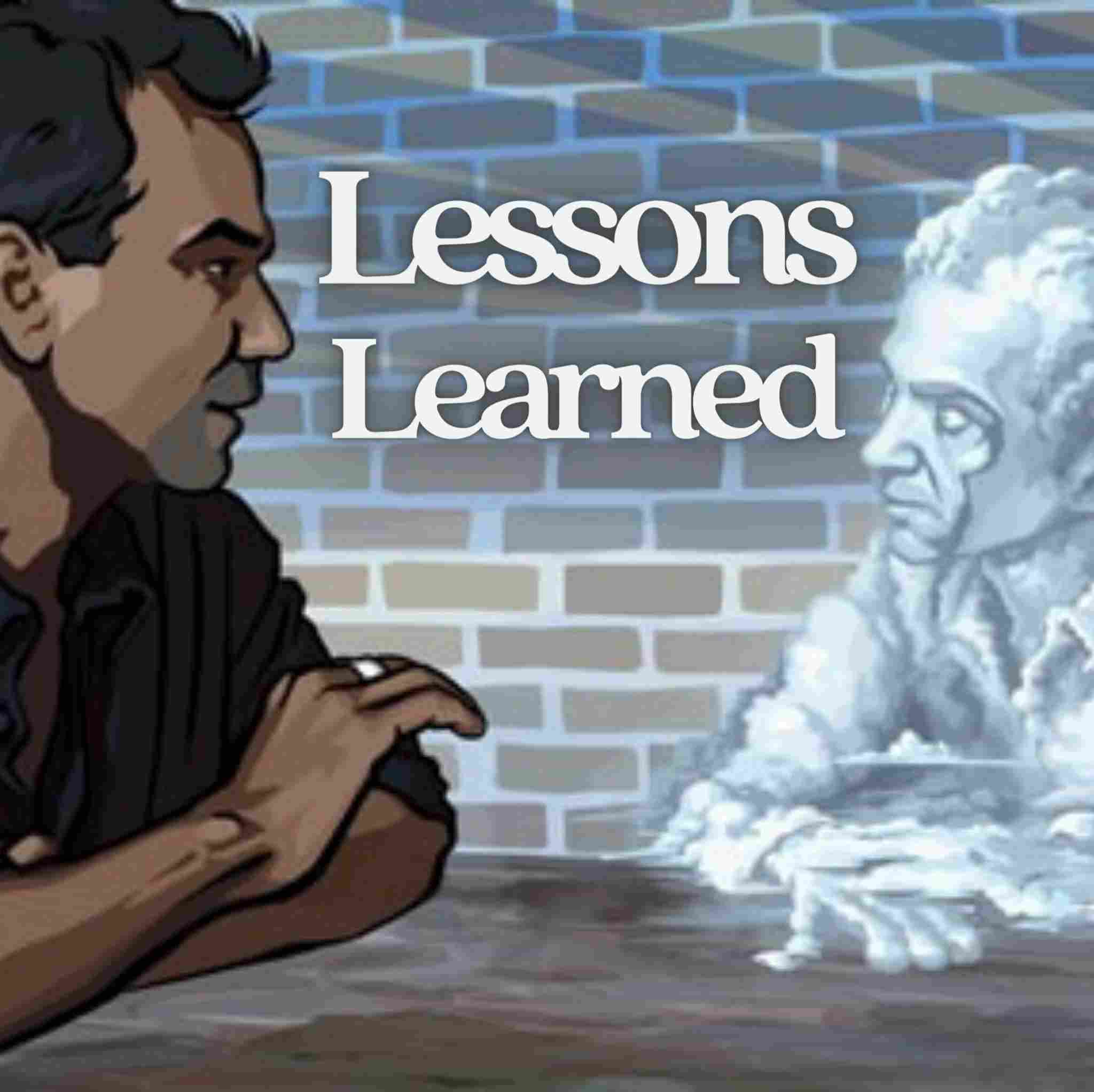Poet Anderson - Review of 'In Darkness'
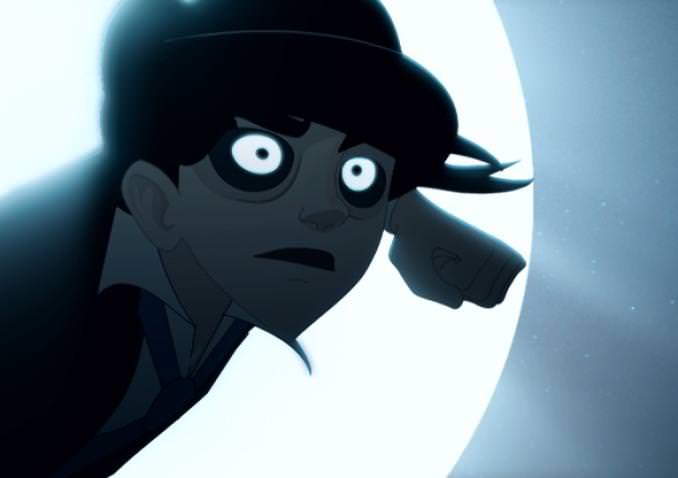
And what made its way across my desk today if not “Poet Anderson… In Darkness” by Tom DeLonge and Suzanne Young.
This is the latest and greatest in the popular Poet Anderson young adult fiction series.
To truly understand the background on this, you have to check out the 2014 short film Poet Anderson: The Dream Walker.
It’s really quite impressive. A sort of love child between Akira and The Terminator made on a bed of lucid dreams whilst watching Blade Runner.
Breathtaking anime aside, it’s likeable because it sets out a sort allegorical lucid dreaming reality. In this world, lucid dreamers (known as Dream Walkers) run the show, whereas those without the skill sleep on and are haunted by Night Terrors.
Suffice the say, the main character Poet Anderson uses his lucidity skills to jump impressively all over the shop, slay monsters and defy gravity – exactly as one would expect in an anime rendition of a lucid dream.
The novels take the world created in the short film and iterate it to the next level, adding characters and storyline. The series kicked off with Poet Anderson…Of Nightmares in 2015 and this latest book “In Darkness” seeks to continue the adventure.
The book itself is bona fide young adult fiction. Teenage readers will enjoy the bold characters, action packed plot and hopefully the potential of lucid dreaming.
This series really has to be commended for taking lucid dreaming – something that has only ever really been marketed at adults – and presenting it to the young adult reader in a digestible, entertaining and relevant way.
Not only do you get sucked into an enthralling, dystopian reality – but you get to think about how cool the skill of lucid dreaming actually is.
You can check out the book on Amazon here.
Cool stuff!
